LOCATION: Mānuka is common throughout the North, South and Stewart Islands in lowland to low alpine regions up to 1800 m above sea level. It can be found in many different habitats including wetlands, river gravels and dry hillsides. When mature, it is very tolerant of drought, waterlogging, strong winds and frost and it can grow at less fertile, colder, wetter and more acidic sites than kānuka (DOC).
USES: An important coloniser of bare ground, providing shade and protection from wind for trees which in many situations will overtop and exterminate it. Smaller than kānuka and has leaves which are a little prickly.
Mānuka honey is purported to have medicinal uses. Used by early Pakeha settlers to make a hot drink.
The hard, red wood of mānuka was widely used by Māori for everything from paddles, weapons, spade blades, bird spears and house building. The bark was used for making water containers and the inner bark as a waterproof layer for roofing.
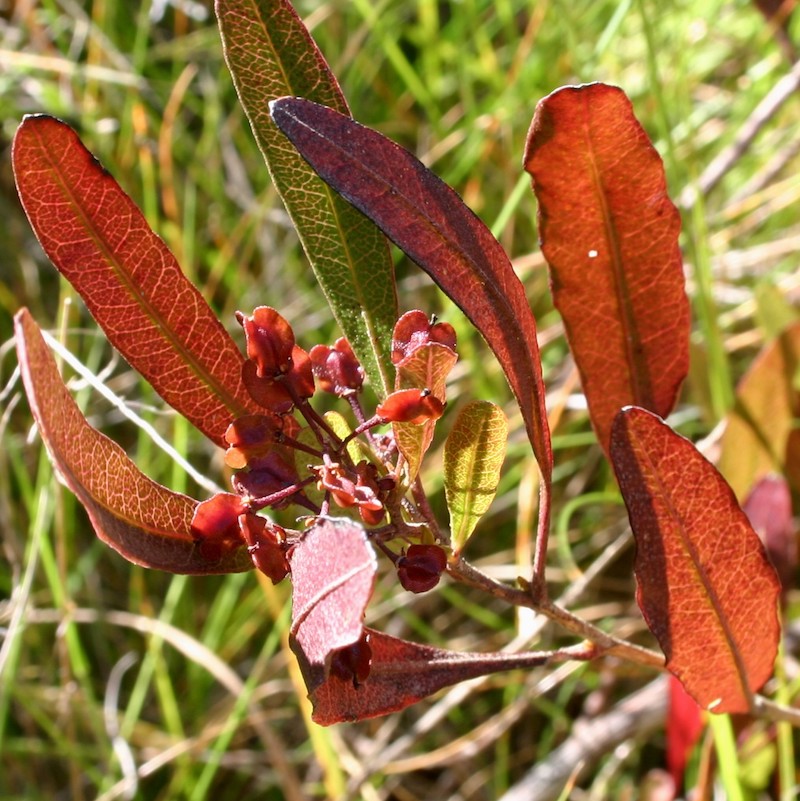 Mike Lusk
Mike Lusk Five times winner of the prestigious international green space award.
Five times winner of the prestigious international green space award.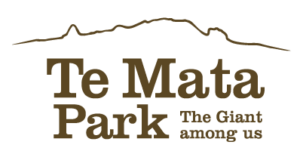
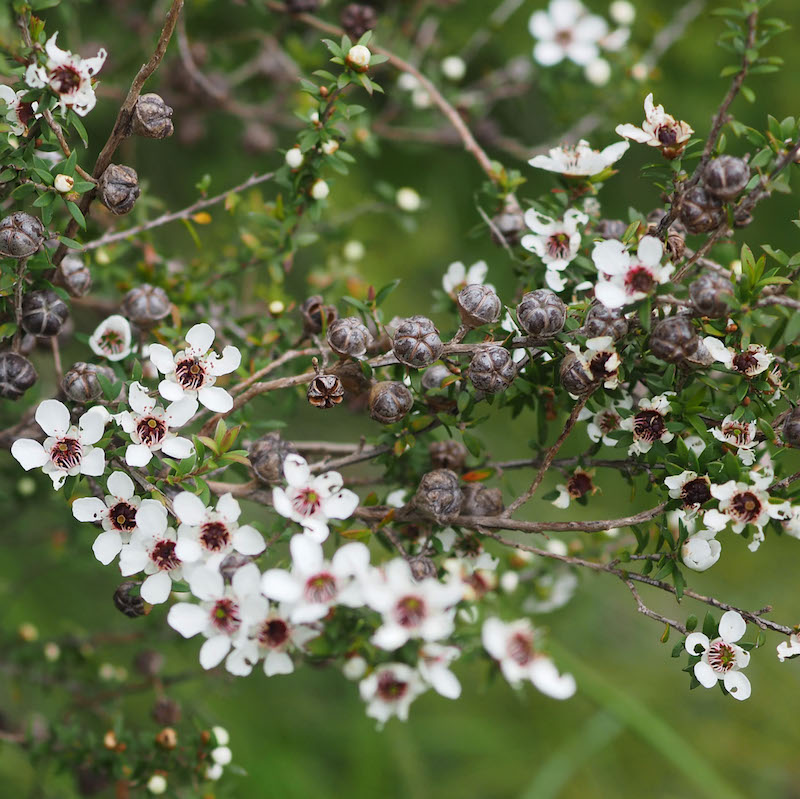
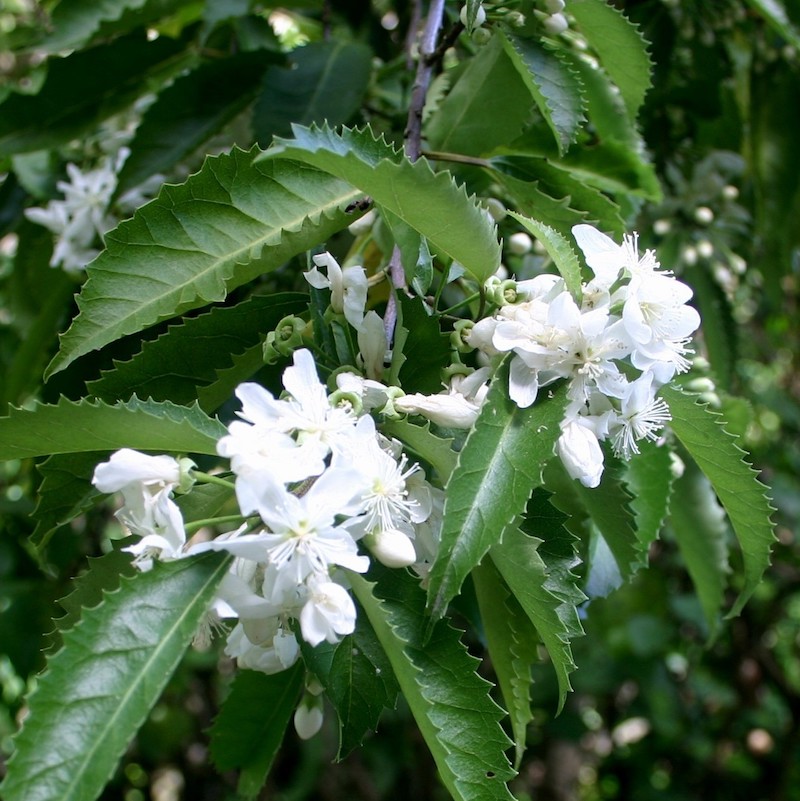 Source: Mike Lusk
Source: Mike Lusk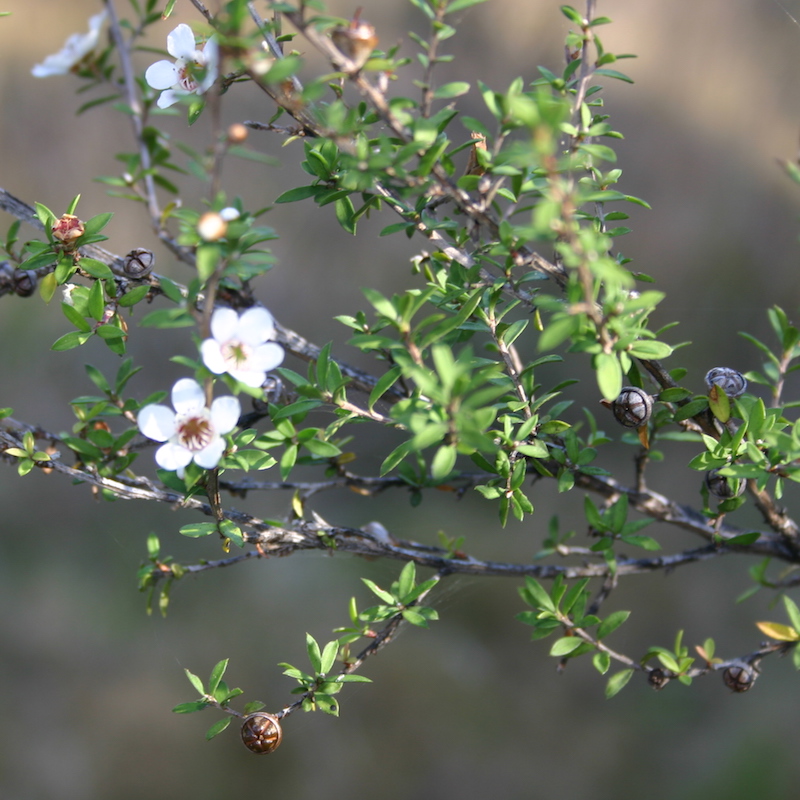 Source Mike Lusk
Source Mike Lusk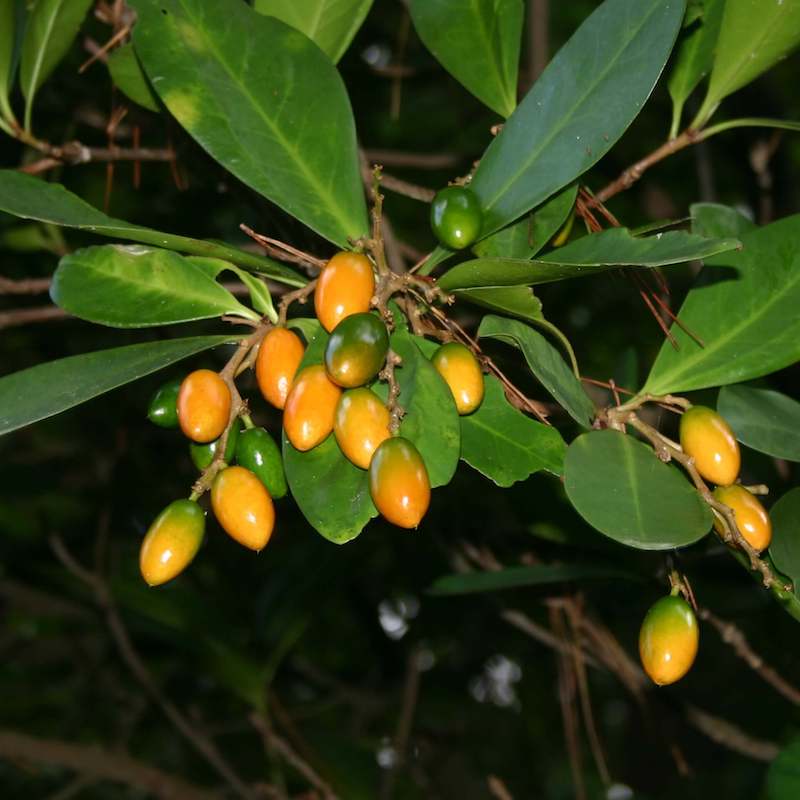 Source: Mike Lusk
Source: Mike Lusk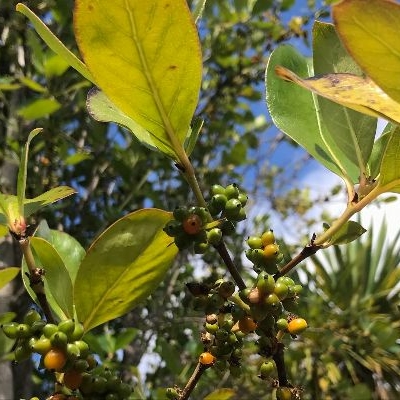
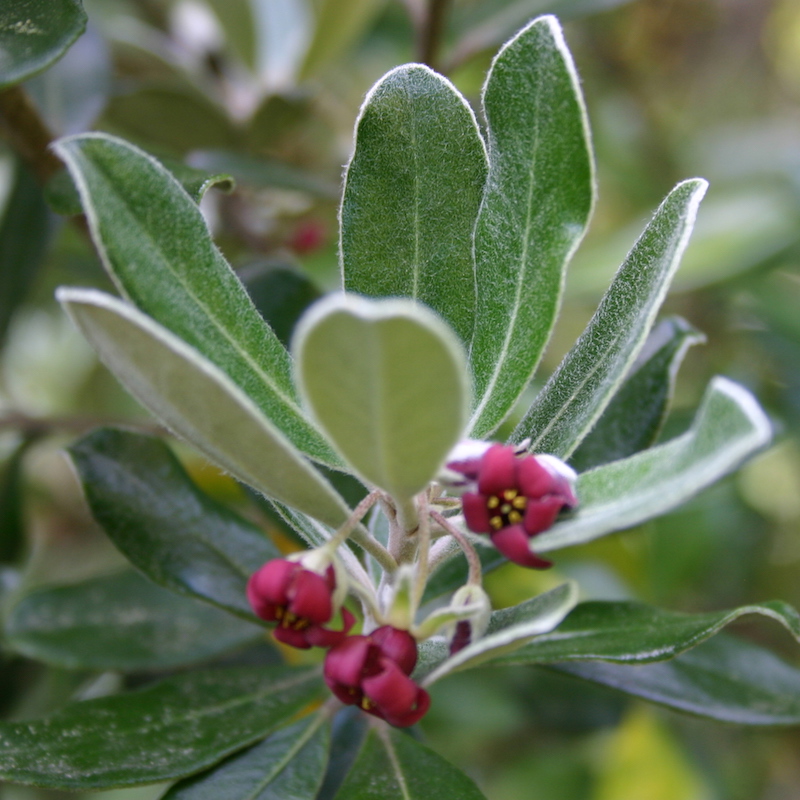 Mike Lusk
Mike Lusk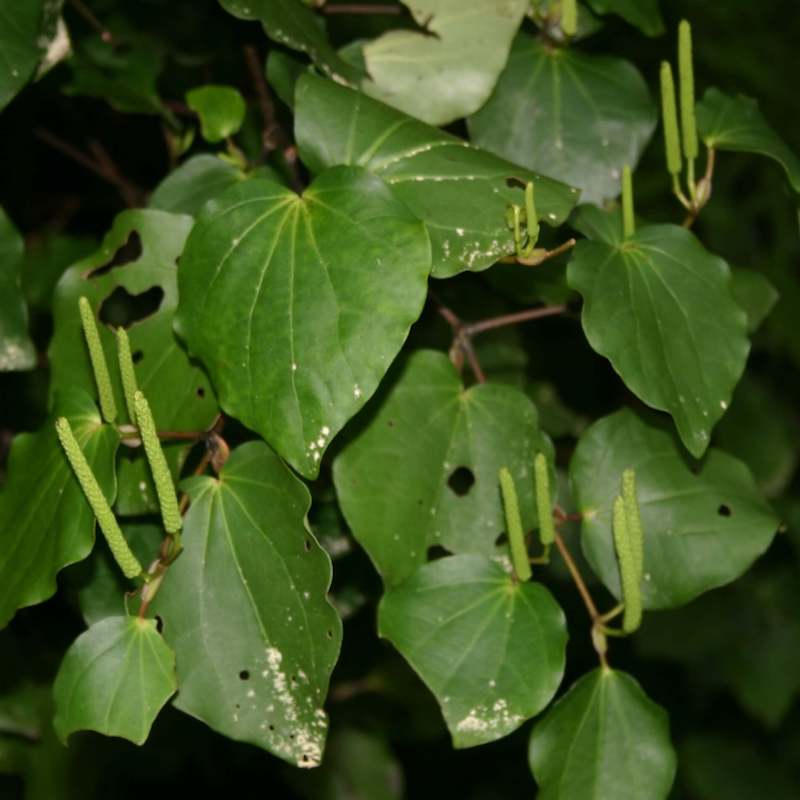 Source: Mike Lusk
Source: Mike Lusk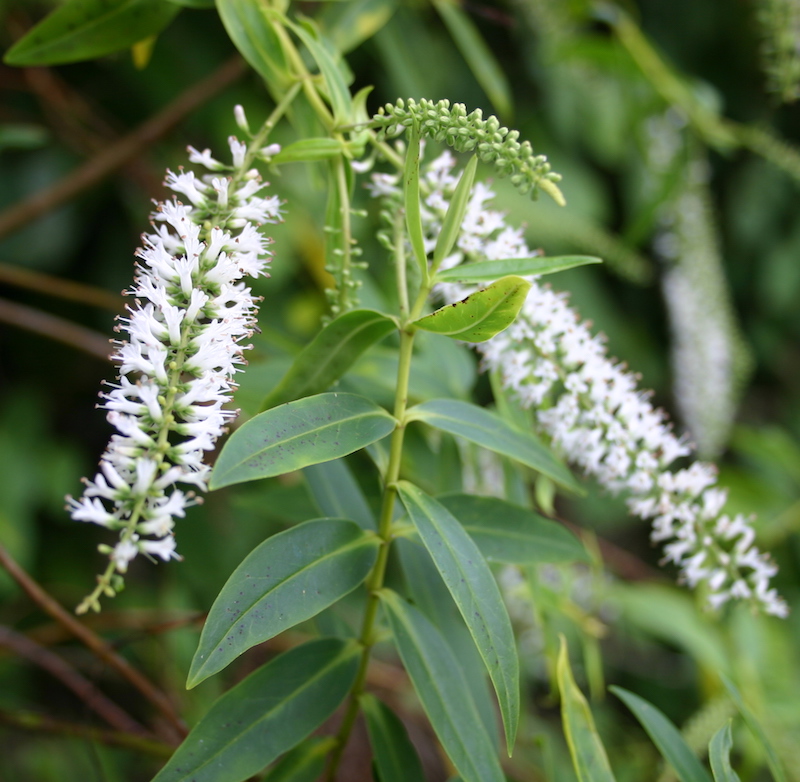 Source: Mike Lusk
Source: Mike Lusk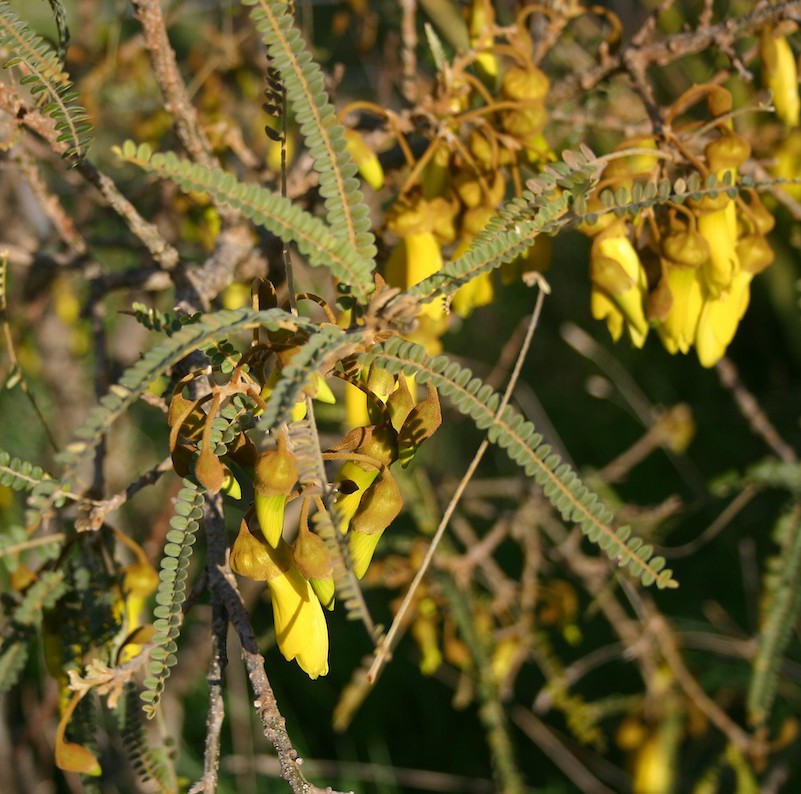 Source: Mike Lusk
Source: Mike Lusk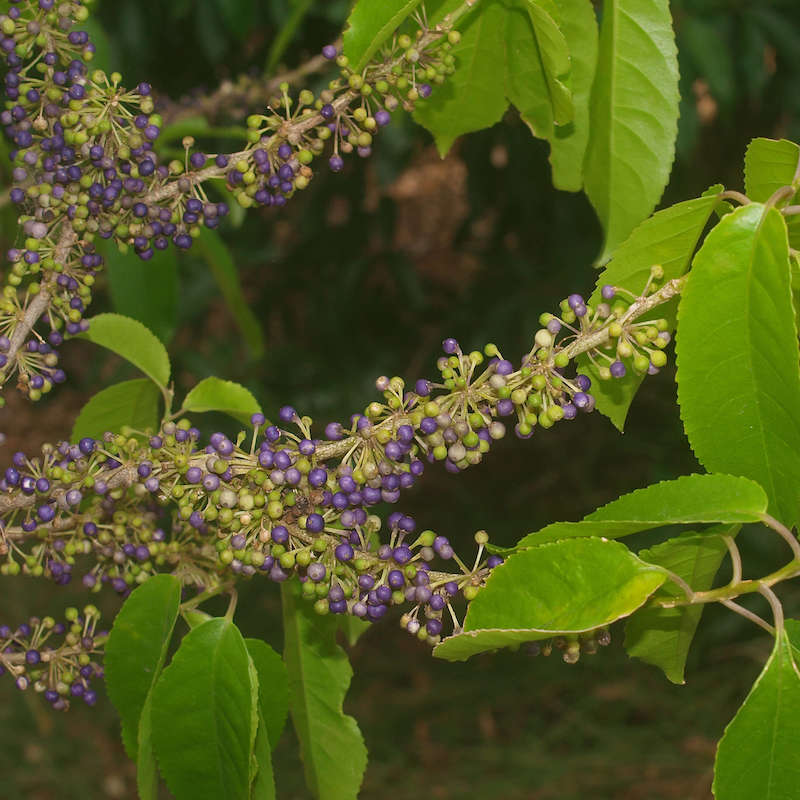 Source: Mike Lusk
Source: Mike Lusk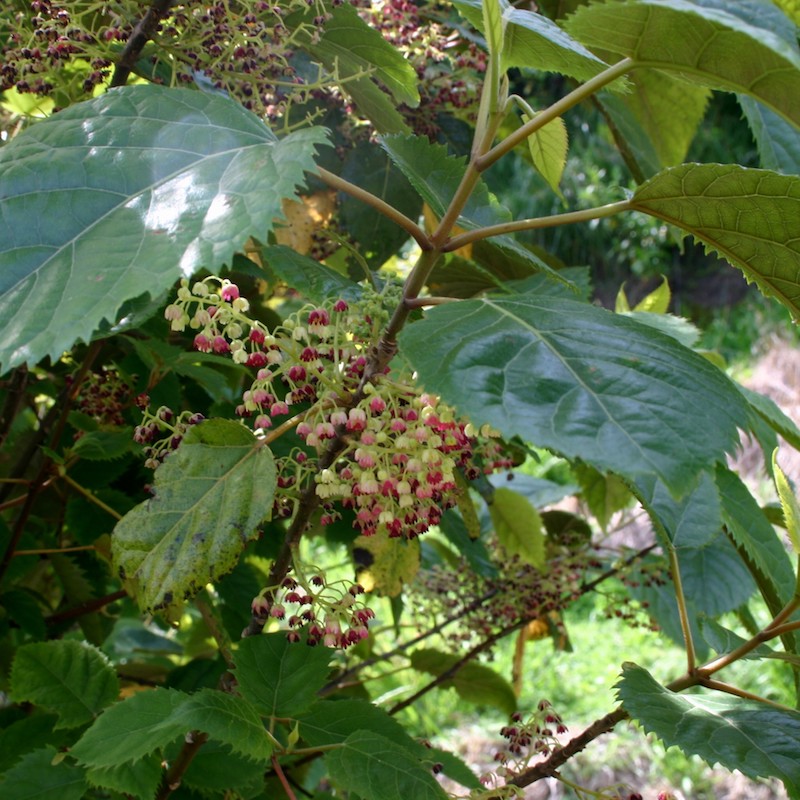 Mike Lusk
Mike Lusk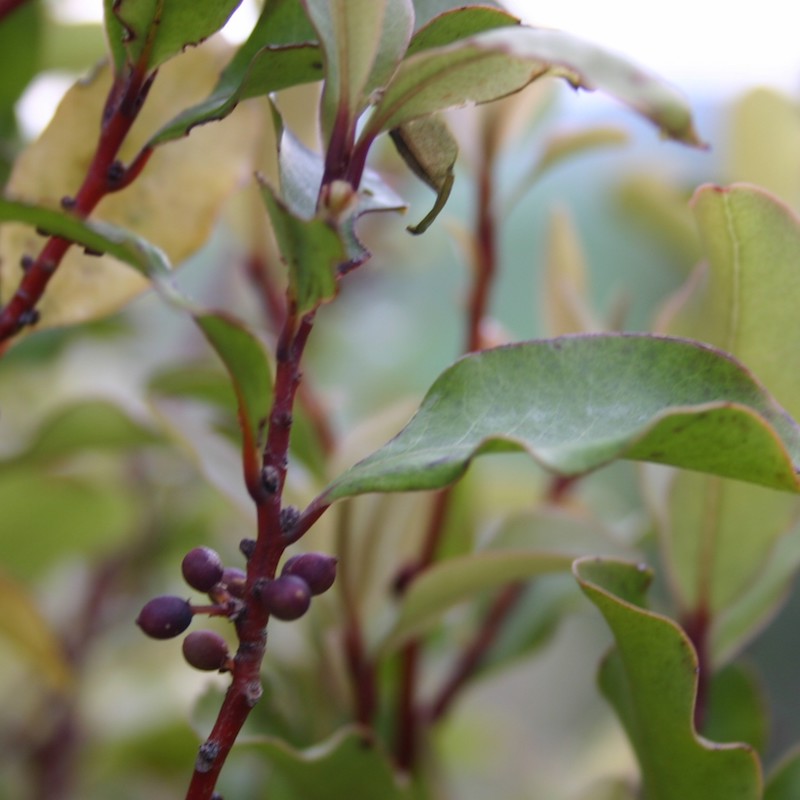
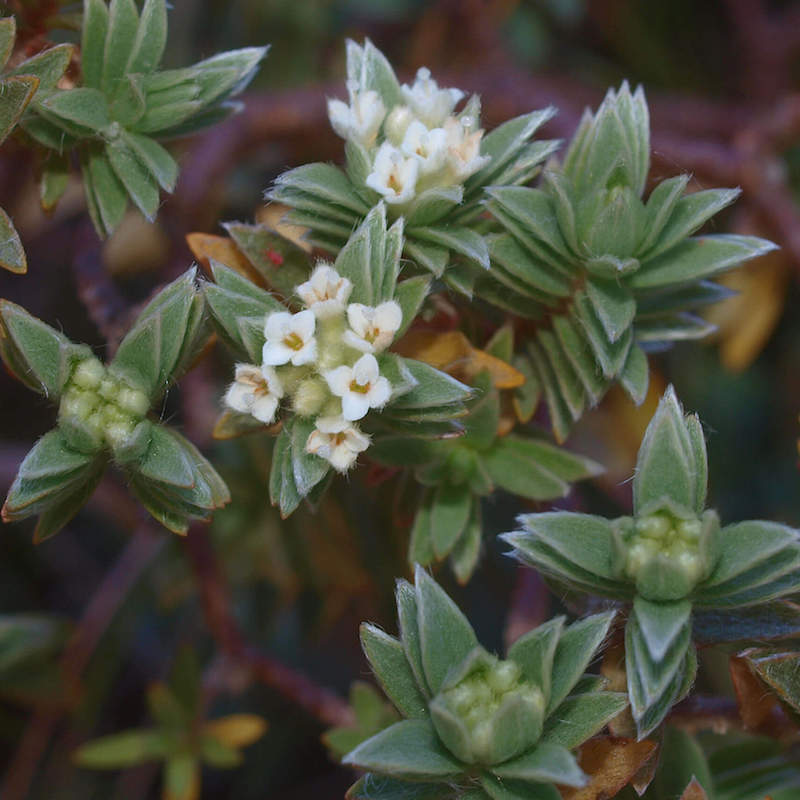 Source: Mike Lusk
Source: Mike Lusk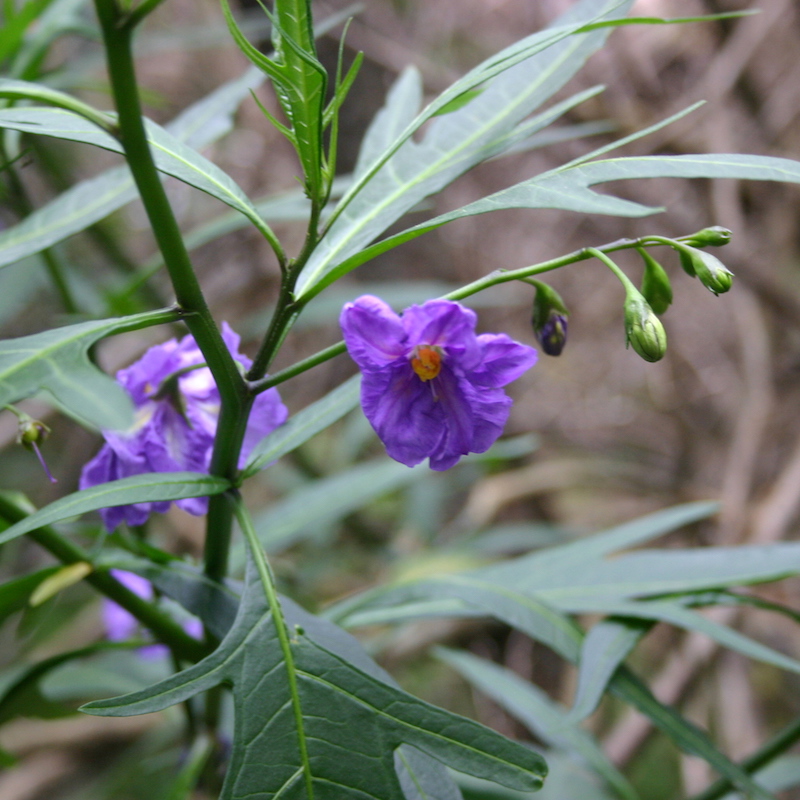
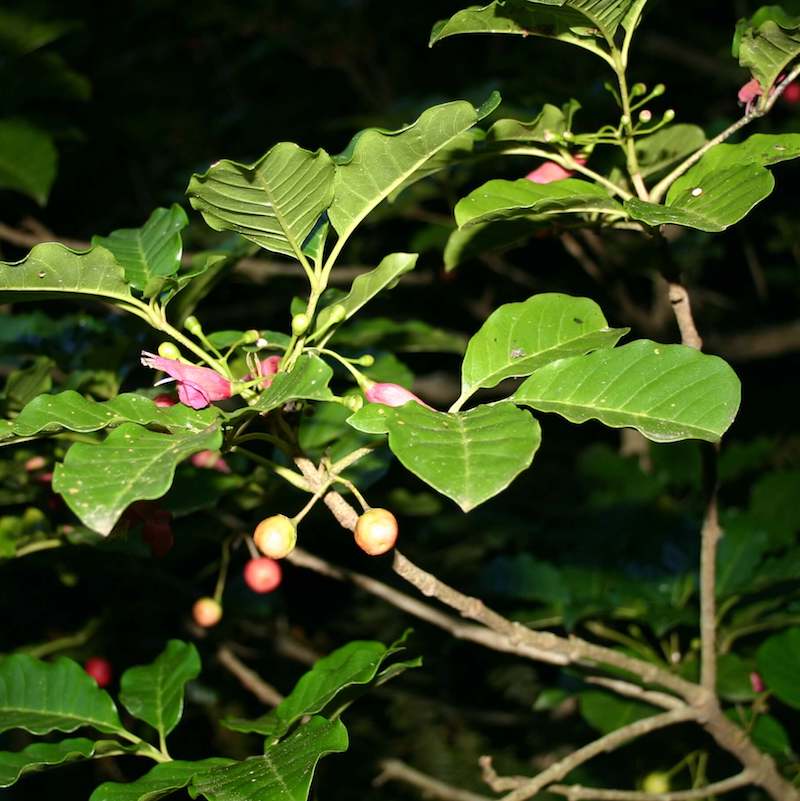 Source: Mike Lusk
Source: Mike Lusk
 Source: Mike Lusk
Source: Mike Lusk Source Mike Lusk
Source Mike Lusk